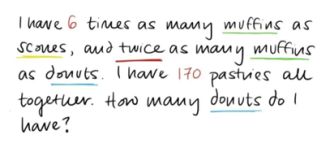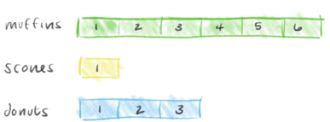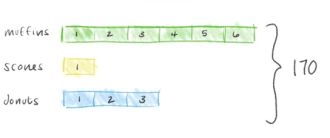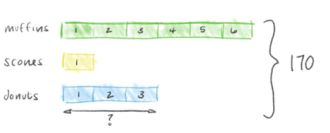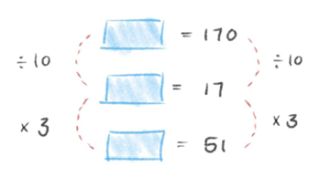How Bar Modeling Makes Word Problems Easy in Singapore Math
Singapore Mathematics is a unique way of presenting this science. Parents and teachers will be able to understand and explain to children the simplest mathematical processes using images.
Singapore Mathematics is a unique way of presenting this science. Parents and teachers will be able to understand and explain to children the simplest mathematical processes using images. It's interesting and even exciting because it's like line drawings. This is the most popular way to perform mathematical operations. Such bar modeling is shown not only to students but also to schoolchildren because it is very easy to understand. Here, concrete objects become graphic images where we see a mathematical problem. Let's look at bar modeling as part of the Singapore Math Method in more detail.
Description of the Solution to a Simple Task
When we encounter a task, we read its condition. It seems like the solution is pretty simple. Today we will describe in detail the solution to the problem that was in the 5th grade textbook. Bar modeling makes the decision simple, even if you don't think you'll find the answer. Let's find a solution from two sides: the school algebraic method and the Singapore method.
Algebraic Method
The condition of the problem is the following:
Let's first express all the variables, because we need to find the number of donuts. It will be d. We have:
- m=6s
- m=2d
- m+s+d= 170
here we see that 6s=2d. We can conclude that:
- s=2d/6
- s=d/3
now we can substitute the values into the formulas and perform the calculation:
- 2d+d/3+d=170
- 6d/3+d/3+3d/3=170
- 10d/3=170
- 10d=510
- d=51
Bar Modeling
We use the bar to see the connection between muffins and scones.
But now we need to add donuts to see the big picture.
But according to the condition, it is important for us that the total amount is 170. To do this, we combine everything with a bracket and put the total amount.
We got a picture, now we need to draw a task question. That is, find the number of donuts.
Together we get 10 bars. From here we can find out that 1 bar is equal to 17 - because 170 (total) we divide by one item. If we have three donut bars, then we multiply 17 by 3 and get 51.
We see that bar modeling shows us an abstract solution to the problem. This is very convenient because logical thinking is connected here. This method is introduced from the second grade when children already know numbers and can perform linear operations. If we consider the algebraic method, then it is based on memorizing formulas. This is a common problem because we understand a visual example better and rarely want to learn something.
Detailed Description Bar Modeling
This technique appeared in Singapore mathematics not by chance. This way of solving problems is based on the work of Bishop, Bruner and Dienes. They were looking for the easiest way that even small children would like. The idea was to show a picture and explain the task using a bar as an example. Simple squares help to decompose the problem into blocks and see the relationship between them.
We can say that bar modeling is a bridge that connects visual and abstract thinking. In the first grade, children have already studied the graphic representation of various materials. They are ready to translate any task into an image. Bars are created to simplify the understanding of the essence of the task. You can learn more about this with Singapore Math. Such an abstract with ESM greatly simplifies the process of obtaining the result.
We can say that bar modeling is not a way to solve a problem, it is an opportunity to see the mathematical structure. This is the way to get a clearer idea of what the task requires of us. You can transform tasks into an abstraction. This technique helps bridge the gap between mathematical experience and abstract vision. Bar modeling by Singapore Math is more aimed at teaching children because it is easier than learning formulas. Of course, the child must know the simple rules of proportions, mathematical operations, ratios and so on. But the introduction of bar modeling in the second grade is very helpful for both parents and children.
Singapore teachers use the Concrete-Pictorial-Abstract (CPA) sequence to teach elementary school children math. This approach helps children use visual memory, logic, and develop creative skills. Mathematics does not become intimidating for them because each problem is a small and interesting study. Bar modeling comes into play very well because children are already ready for this method of learning. Even the simplest tasks can be broken down into bars. This is a huge bonus for parents who sometimes find it difficult to explain simple things to their children. The algebraic method is more understandable to them, but Singapore Mathematics will be a revelation to them.
